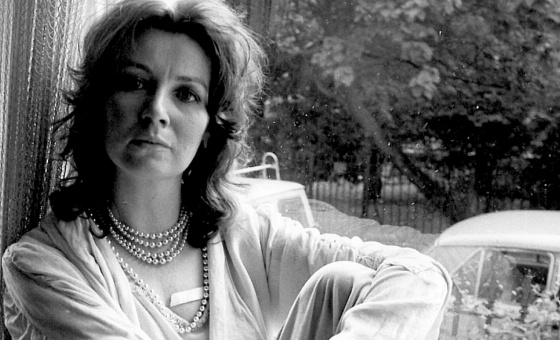This is the last article you can read this month
You can read more article this month
You can read more articles this month
Sorry your limit is up for this month
Reset on:
Please help support the Morning Star by subscribing here
Celine Bonacina
Way of Life (Act)
Open Heart (Act)
WHEN you watch the slight frame of the French baritone saxophonist Celine Bonacina in full sound you might think that here is a woman wrestling with an Amazonian horn, but when you listen you marvel how her sheer virtuosity makes her bulky yet, in her hands, lithe instrument leap and soar into a deep and swinging melodism and improvisation.
Bonacina had a rich musical apprenticeship. She studied in conservatories in Belfort, Besancon and Paris before teaching music in Reunion Island in the Indian Ocean for seven years.
She returned to France in 2005 and cut her first album Vue d’en Haut, before joining the Act label and recording Way of Life with the Malagasy drummer Hary Ratsimbazafy and the French bassist Nicolas Garnier in 2010.
Also contributing to the album on four tracks is the French guitarist of Vietnamese roots Nguyen Le whose music had been a powerful inspiration to Bonacina.
In his sleeve notes to Way of Life he writes that he has “never stopped admiring the vitality and beauty of Celine’s music,” and both are immediately apparent on the album’s opener ZigZag Blues, where her first solo notes throb with power and authority and in Course Pour Suite her “elephantine” horn (as Nguyen calls it) growls and rumbles through her choruses, still blithe and agile.
Nguyen joins her for Ra Bentr’ol with Ratsimbazafy in particular percussive fettle and Bonacina blowing as if in a joyous dance.
Nguyen’s solo is stunning — like lightning on the strings.
In Wake Up it is as if her horn is doing just that — the arousal of a soundscape, and the two adjacent tracks Free Woman and Travel Story are like chapters of the Bonacina autobiography, so full are they of reflective moods and narrative tension.
In Free Woman it is as if she is playing on the very edge of her own invented sound.
Ekena is full of baritone verve with another startling guitar solo from Nguyen and on Deep Red, Bonacina’s assured sonic beauty reminds me of the renowned pioneer master of her instrument, Ellington’s confrere Harry Carney, playing Sono on the celebrated Jazz Scene album of 1949.
In Jungle Nguyen and Bonacina combine with very powerful calls and answers and the spectral Entre Deux Reves begins like an otherworldly colloquy between the pair, as if their sounds are creating new meanings that they must tell all of us — an astonishing track.
In Circle Dance her lightness of touch is unusually nimble for the baritone’s profundity and as she saunters forward alongside Paganotti’s wordless voice an uncanny union is born.
From the first notes of Wild World with two drummers in pulsing palaver, Bonacina’s horn dances with an almost menacing step.
In Bayrum the amalgam of vibes, voice and saxophone creates a surprising sonic texture and Bonacina’s solo is a sequence of poise and beauty.
Her obbligatos to Paganotti’s words in So Close So Far are sad responses until she rocks into a faster and more joyous rhythm before Schumacher’s sprightly vibes chorus and in Reveyrand’s lonely ballad Pierrot she explores the full depth of her horn with an aching and blues-sodden tone.
In Desert she turns to soprano saxophone beside Ratsimbazafy’s and Cinelu’s pervasive drums.
All through the album she plays a talking horn, with every note a naked word, testifying gently and passionately, telling of a life already brimming with cosmopolitan and musical fullness.





